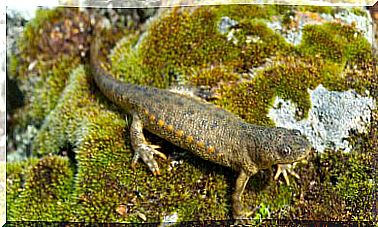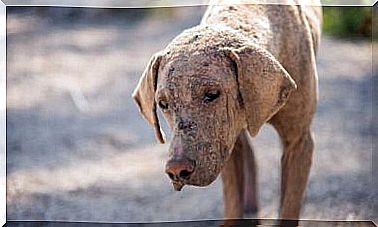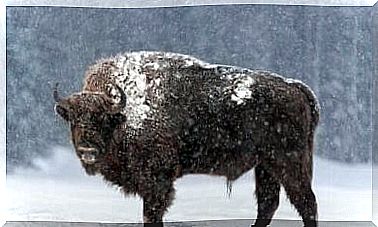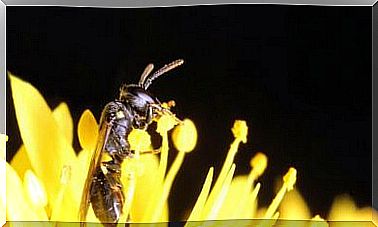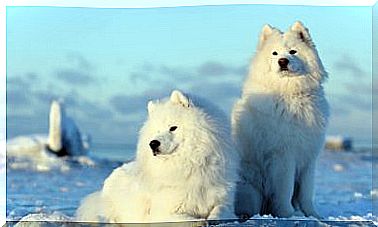Which Animals Have Menopause?
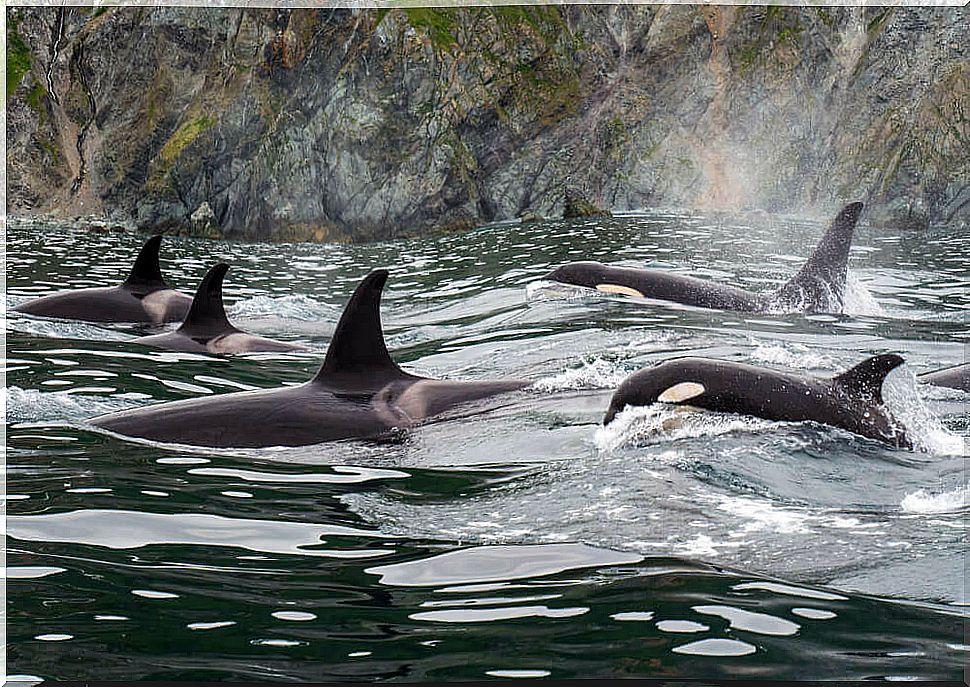
More and more we find that there are fewer things that distinguish humans from animals. In this case, we are talking about menopause, a period in which females no longer reproduce. What is the purpose of this period and what other animals have menopause?
Why do animals have menopause?
One of the maxims of life on Earth is the survival of species through reproduction: the passing of genetic material from generation to generation is vital for understanding the many behaviors and mysteries of the animal kingdom.
So why do animals have menopause? According to some, an interesting hypothesis is behind this mystery: the attention and care of these females would be directed to their offspring, and even to their descendants.
Some animals with this characteristic
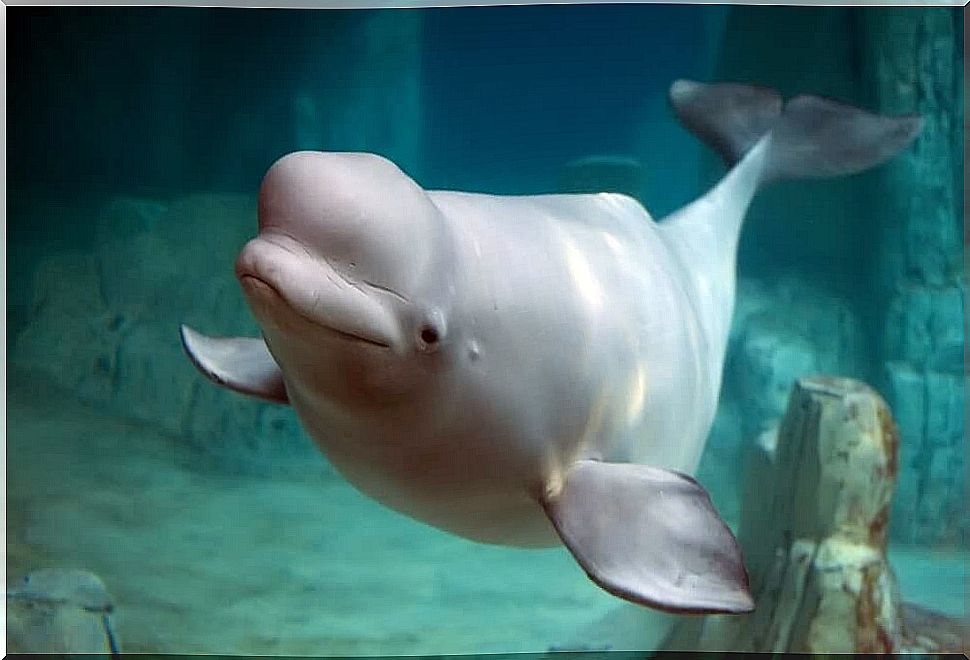
Up to five species of animals have been observed to have menopause; humans are one of them, but several cetaceans are added: orcas, long-fin pilot whales, narwhals and white whales would also have this period in nature.
Research suggests that both animals go through menopause due to the presence of a common ancestor, although in killer whales and pilot whales this evolved independently.
According to the researchers, the permanence of many of these animals in the group and the collaboration in the care of the puppies is behind this.
The most documented species in relation to menopause is the orca, but the discovery of this characteristic in narwhals and white whales is new. It was done through necropsies of several dead specimens, in which inactive ovaries were found in large females.
It is likely, therefore, that these animals have structures similar to those of orcas, in which older females remain in a group with their relatives, including their descendants.
Animals have menopause: odontocetes
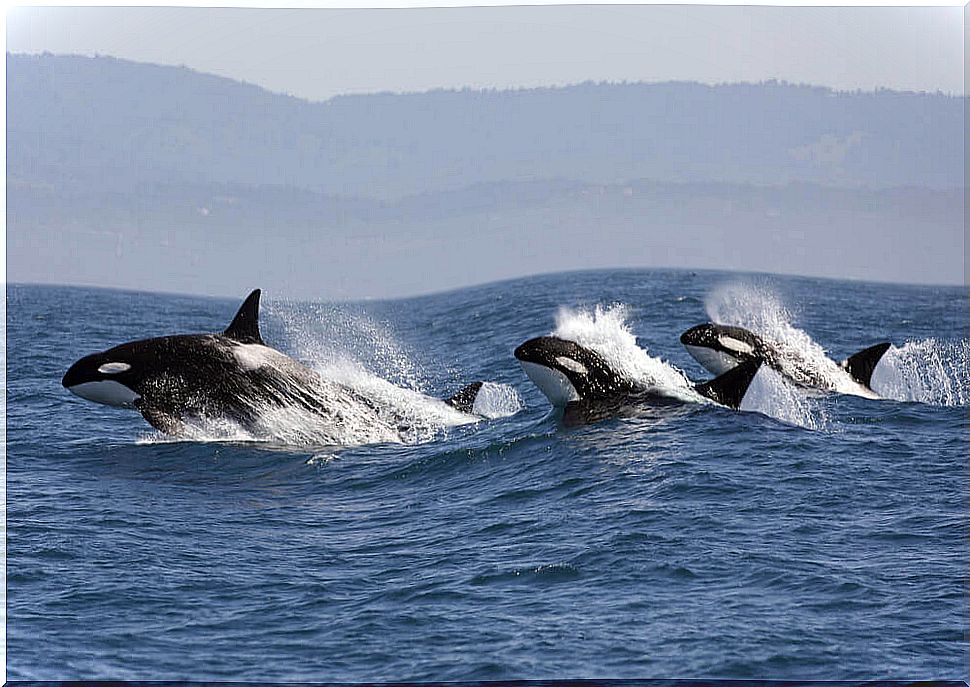
It turns out that all menopausal animals, except humans, are dentate cetaceans, also known as odontocetes. All these animals live in large groups and have very complex social relationships, which to this day are not fully understood.
Pilot whales are less well known than orcas. These Mediterranean cetaceans are common prey for some groups of killer whales, and they resemble dolphins, although their heads are domed, as in the case of white whales.
White whales are also known as belugas, although the term whale should be used for bearded cetaceans. They are icy water animals whose social structure has not yet been fully studied, something in which they coincide with narwhals.
Both marine mammals join this group of menopausal animals, about which we still have many interesting discoveries to make.

